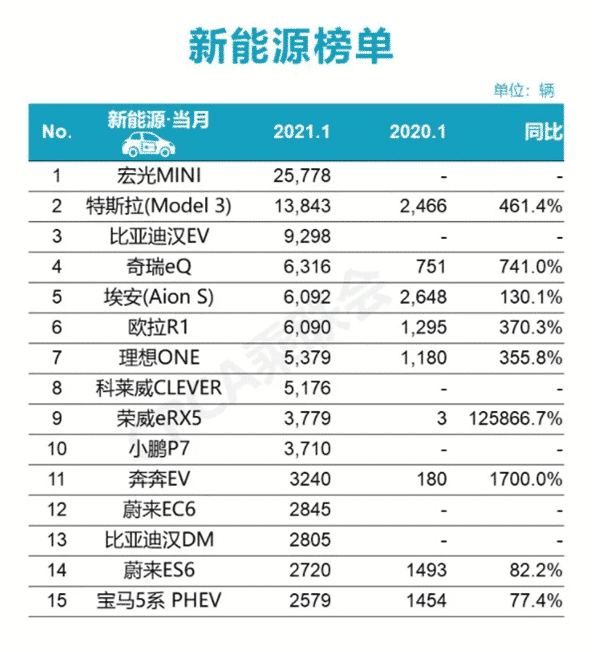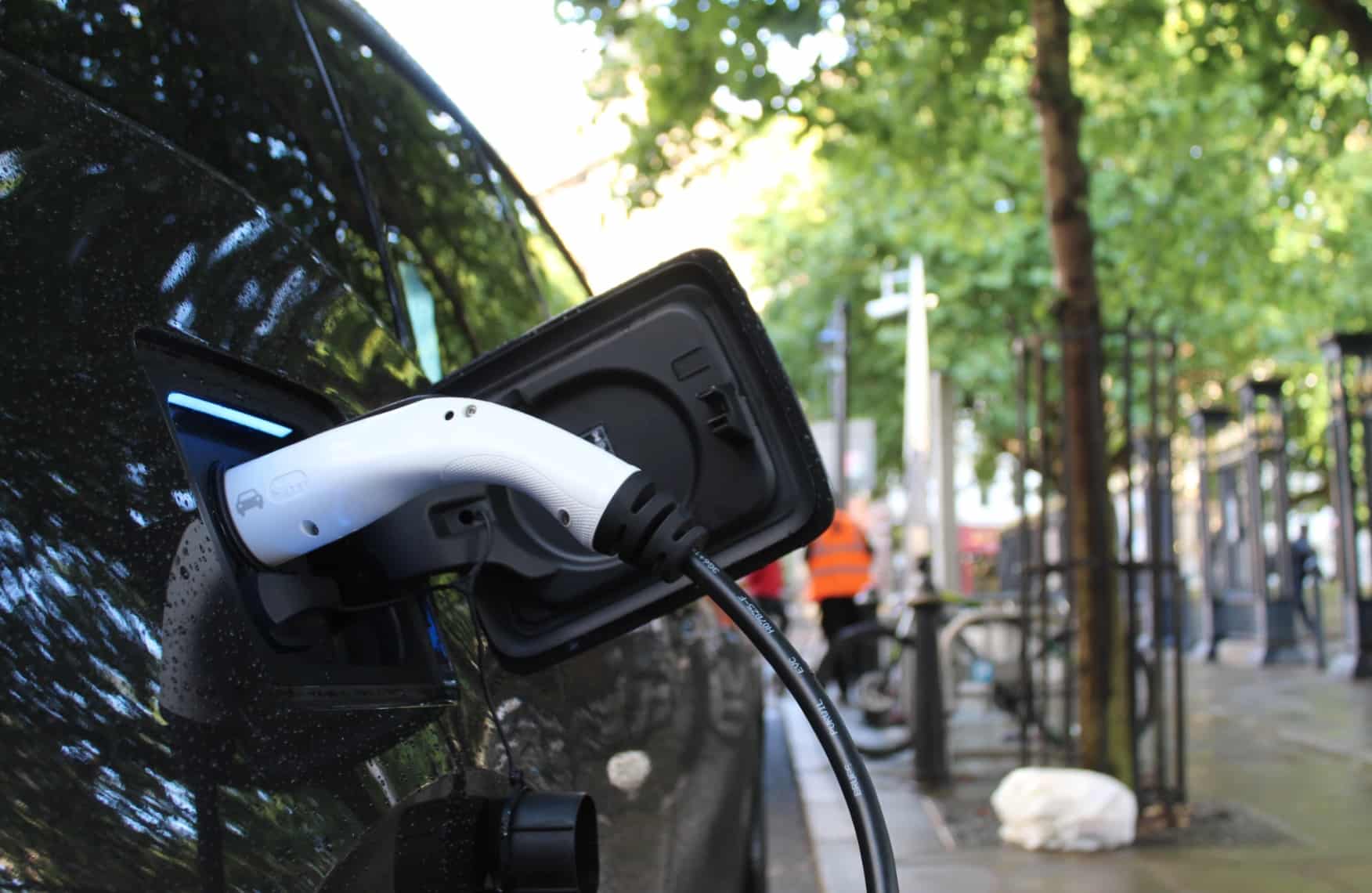China's southernmost province of Hainan requires that new and replacement government vehicles and buses can only be new energy vehicles and proposes to add 25,000 new energy vehicles in the province in 2021.
According to the province's recently released clean energy vehicle promotion 2021 action plan, in addition to special-purpose vehicles, Hainan province’s government departments at all levels and state-owned enterprises are to only add energy vehicles and replace old official vehicles with new energy vehicles.
In addition to retaining some of the emergency vehicles and when new energy vehicles can’t meet the demand, the province's new and replacement of public transport vehicles will all be new energy vehicles, according to the plan.
Hainan will explore the "rent instead of buying" model of the new energy vehicle, and strive to gradually increase the proportion of new energy vehicles in the field of Hainan's public service vehicles at the end of 2021.
The province's new and replacement of cabs in the use of new energy vehicles will be up to more than 80 percent, the rest of the new and replacement of cabs are to use clean energy vehicles.
New and replacement of shared vehicles will all use new energy vehicles, with other new and replacement of shared vehicles using clean energy vehicles ratio of not less than 60 percent.
It is worth noting that the new and replacement ride-hailing cabs are also all required to use new energy vehicles.
Hainan also formulated the province's 2021 charging infrastructure construction plan, the goal is to build 10,000 new charging piles to ensure that the overall ratio of pure electric vehicles to charging piles remains below 2.5:1 at the end of 2021.
Hainan will also support eligible gas stations to carry out pilot oil/hydrogen integrated station construction, study project construction and encouragement policies on operation support, and explore pilot demonstration sites of applications of hydrogen fuel cell vehicles.
Hainan will also launch a battery swap mode program to promote solutions to the problems of high vehicle acquisition costs, long charging times, and rapid battery decay, and strive to promote 2,000 new energy vehicles in battery swap mode in 2021, and encourage cities and counties to layout the construction of battery swap stations.


